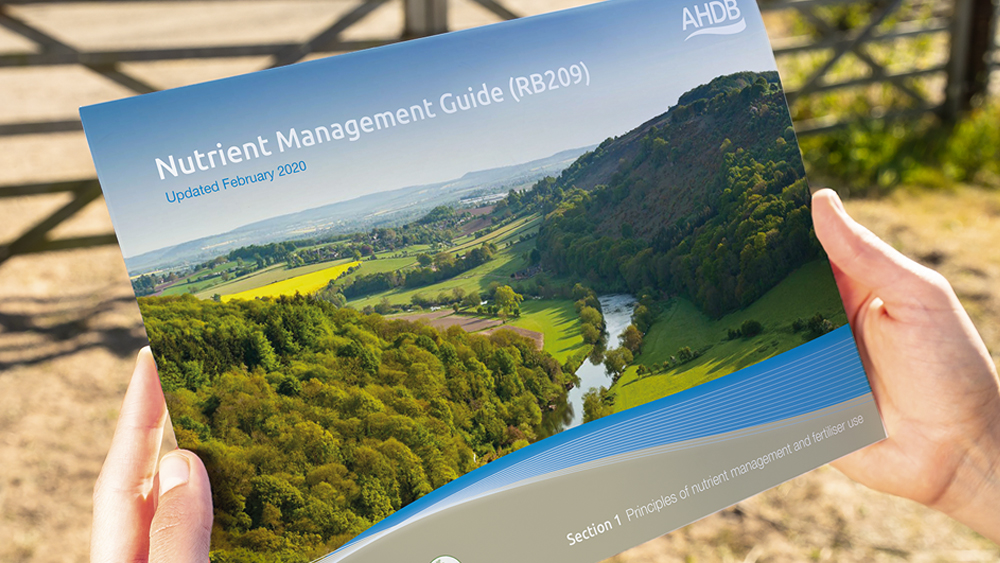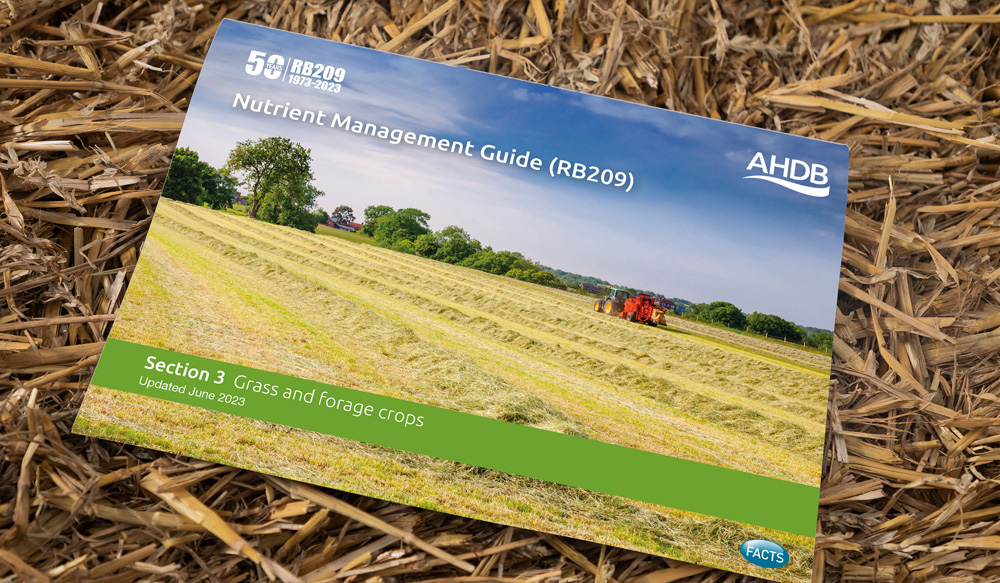- Home
- Knowledge library
- Nitrogen Recommendations for Grassland
Nitrogen Recommendations for Grassland
Summary
Overview
A report examing whether previous Nitrogen recommendations for grassland based on current fertiliser and feed costs, covering:
- Grassland Yield Response to Nitrogen Application
- Forage costs
- Alternative options to applying nitrogen
- Best practice When applying nitrogen
- Long term strategies to reducing nitrogen use
Conclusions
Based on current fertiliser and feed costs (and average current meat and milk output prices), the N recommendations for grassland in the May 2017 update and subsequent versions of RB209 (AHDB’s Nutrient Management Guide) are still valid.
Grazed grass is still the cheapest form of forage available to grazing livestock farmers.
At most sites, during the growing season, grassland response to applied manufactured N fertiliser is at least 20 kg grass dry matter (DM) per kg of N fertiliser applied, as long as the weather is not too cold (less than 5 to 6oC) or dry (soil moisture deficits in excess of 5 cm, depending on the soil type). Only sites with a Very poor Grass Growth Class (GGC) or with high sward clover content will not respond in this way.
Even on Very poor/Poor GGC sites (which can usually provide 10-20 kg grass DM per kg N applied), farmers would still be economically justified in applying 50-100kg N/ha per cut of grass (according to forage need) as long as the ammonium nitrate fertiliser price is below £700/tonne.
It therefore makes economic sense to purchase and apply manufactured N fertiliser as normal. Nevertheless, the reality for many livestock farmers is that the cashflow implications of the increasing cost of fertiliser means they are having to reduce the amount they use. If output and overall business profitability is to be maintained these businesses may have to consider implementing longer-term strategies to reduce reliance on manufactured N fertiliser.



